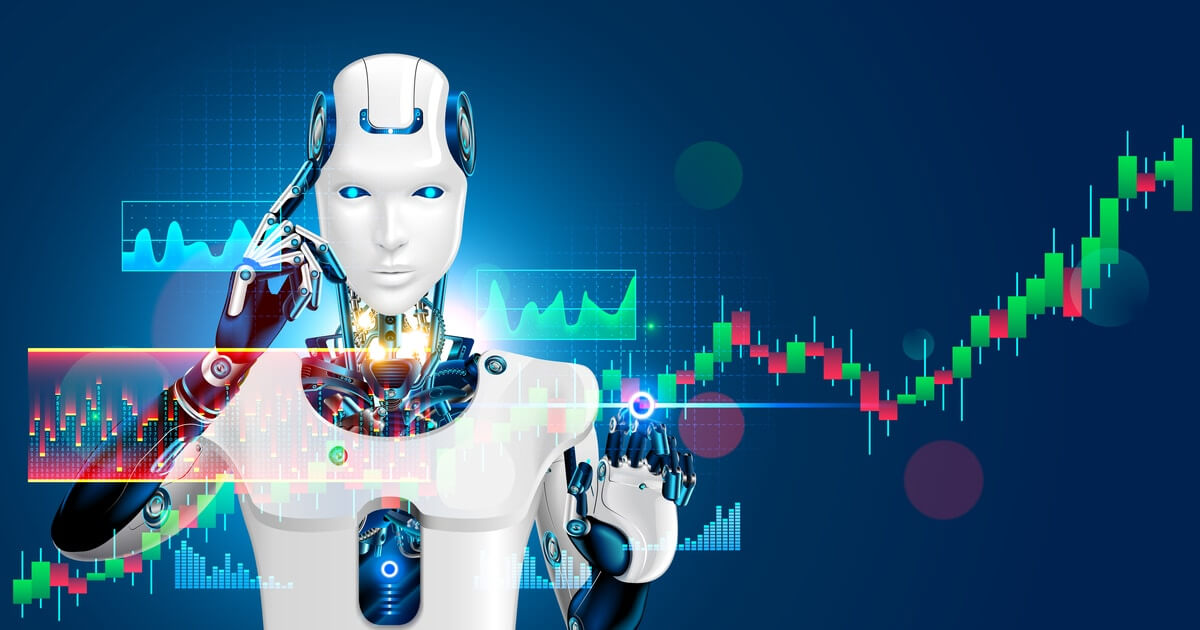PicLumen AI Unveils Realistic AI-Generated Visuals for Creative Content and Marketing

According to PicLumen AI (@PicLumen), their latest AI-generated image—depicting a hand holding a sunset like a luminous memory—demonstrates advances in generative AI for hyper-realistic visual content. This breakthrough showcases how AI models can create emotionally evocative and photorealistic imagery, opening new business opportunities for marketers, advertisers, and content creators seeking unique, engaging visuals for campaigns and branding. Verified by the original post, this development underscores the growing trend of leveraging generative AI to streamline creative workflows, reduce production costs, and offer endless customization for visual storytelling (source: twitter.com/PicLumen/status/1951643649122697264).
SourceAnalysis
From a business perspective, AI image generation opens lucrative market opportunities, particularly in monetization strategies for content creators and enterprises. A 2023 PwC analysis estimated that AI could add $15.7 trillion to the global economy by 2030, with creative sectors benefiting from subscription models and API integrations. Companies like Midjourney, which gained over 10 million users by July 2023 according to their announcements, monetize through tiered plans starting at $10 monthly, allowing businesses to generate custom visuals for branding without hiring artists. This impacts industries like fashion and real estate, where AI-generated previews reduce costs by up to 50%, as noted in a 2023 Deloitte survey of 500 executives. Market trends show a competitive landscape dominated by OpenAI, Stability AI, and newcomers like PicLumen, which focuses on high-fidelity outputs for niche applications such as virtual reality environments. Business opportunities include licensing AI-generated art for NFTs, with the market rebounding to $1.5 billion in sales by Q2 2023 per NonFungible.com data. However, implementation challenges involve intellectual property disputes, as seen in the Getty Images lawsuit against Stability AI in January 2023, prompting companies to adopt ethical sourcing of training data. Regulatory considerations are rising, with the EU's AI Act, proposed in April 2021 and advancing toward enforcement by 2024, requiring transparency in high-risk AI systems. To navigate this, businesses can implement compliance frameworks like watermarking generated images, as recommended by the White House's AI Bill of Rights from October 2022. Ethical implications include mitigating biases in outputs, with best practices involving diverse datasets to avoid cultural misrepresentations, ensuring fair monetization.
Technically, AI image generators rely on stable diffusion techniques, refined since the 2022 release of Stable Diffusion by Stability AI, which processes prompts through latent space manipulation for outputs in seconds. Implementation considerations include hardware requirements, such as GPUs with at least 8GB VRAM for local runs, but cloud solutions from AWS, integrated since 2023, lower barriers for small businesses. Challenges like hallucinations—where models produce inaccurate details—can be addressed via fine-tuning with tools like LoRA, introduced in 2021 by Microsoft researchers. Future outlook points to multimodal AI, combining image generation with video, as previewed in Google's Imagen Video from October 2022, potentially revolutionizing film production by 2025. Predictions from a 2023 MIT Technology Review article suggest that by 2026, 40% of visual content online could be AI-generated, impacting search engines and necessitating new SEO strategies focused on authenticity signals. Competitive landscape sees key players investing in R&D, with OpenAI raising $10 billion in January 2023 from Microsoft to advance models like DALL-E 3, released in September 2023. For businesses, adopting these involves training staff on prompt engineering, with courses from Coursera seeing 500,000 enrollments by 2023. Ethical best practices include auditing models for fairness, as per guidelines from the Partnership on AI established in 2016. Overall, these developments promise transformative industry impacts, from personalized marketing to innovative storytelling, while demanding careful navigation of legal and moral landscapes.
FAQ: What are the latest trends in AI image generation? Recent trends include the rise of text-to-image models like DALL-E 3 from September 2023, emphasizing higher resolution and better prompt adherence. How can businesses monetize AI-generated images? Strategies involve selling digital assets on platforms like Shutterstock, which integrated AI content in 2023, or offering custom generation services. What ethical issues arise with AI art? Key concerns include copyright infringement and deepfakes, addressed by initiatives like the Content Authenticity Initiative from Adobe in 2021.
PicLumen AI
@PicLumenAI image generation made intuitive. Text-to-image, image-to-image & image description tools. No watermarks. Featuring FLUX.1 & fan-favorite PicLumen Art V1.
.jpg)